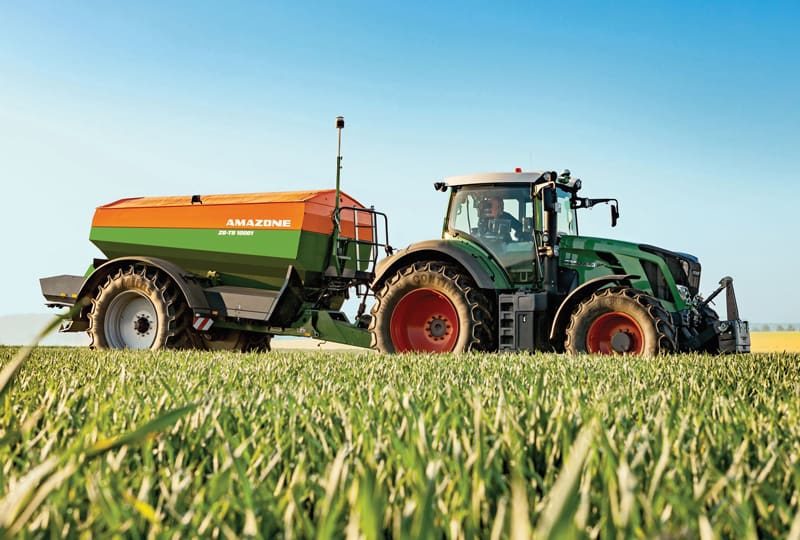No-Till Farmer
Get full access NOW to the most comprehensive, powerful and easy-to-use online resource for no-tillage practices. Just one good idea will pay for your subscription hundreds of times over.

More than 1,800 companies from 42 countries flocked to Paris from Feb. 24-28 for the 2019 SIMA International Agribusiness Show to showcase a global look at current — and emerging — equipment and agriculture trends. The 42 countries represented this year included 6 new countries: Israel, Serbia, Slovakia, Saudi Arabia, Sri Lanka and Sweden.
The 5-day show, which is held every other year in Paris, France, drew a crowd that represented all sectors of the ag industry, including crop and livestock farmers, dealers, distributors and researchers.
Among the well-established manufacturers exhibiting at the show was the Start-Up Village, which featured 35 young companies that were launching a number of products and services ranging from geolocation tools and agricultural robotics to the first crowdfunding site for agriculture.
In addition to the products on display, a number of seminars took place during the week, with soil health and cover crops getting a lot of attention. One session — “Soil, Agroecology & Agricultural Sectors: Supporting the Transition Toward a Living Agriculture” — included presentations from Jill Clapperton, principal scientist at Rhizoterra Inc., and Odette Menard, an agricultural engineer and soil and water conservation specialist for Québec’s Ministry of Agriculture and Food.
Maryland no-tiller Trey Hill attended the session and says his main takeaway from Clapperton and Menard was that he needs to increase the cover-crop mixes he uses on his operation. “I need to get more mixes, get more diversity in the soil. There's a lot of guys doing the 10-way…